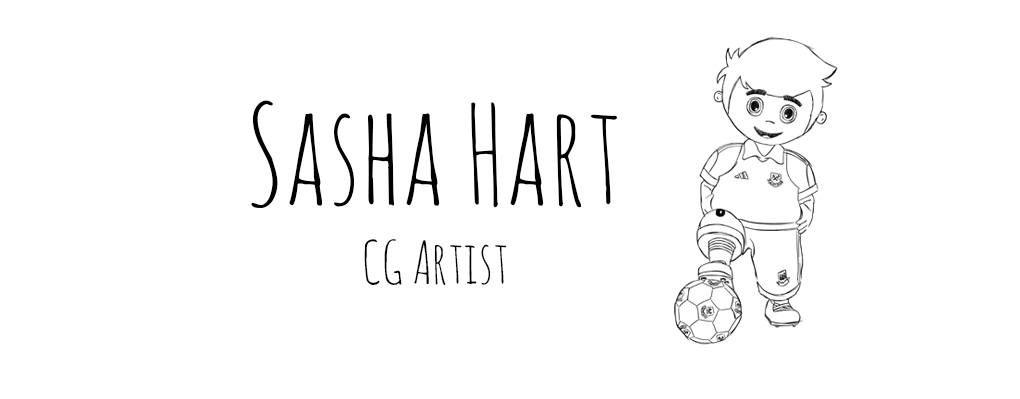Fig. 1 The Shining Film Poster
Director Stanley Kubrick’s film “The Shining” 1980 is an intense, epic, horror film which distanced itself from the blood-letting and gore of most modern films in the horror genre. Kubrick’s “The Shining” is based on the book “The Shining” by Stephen King, but it is more an adaptation of Stephen King's bestselling horror novel than a complete remake of the novel. “With the ghostly manifestations toned down from the book, the film relies more on a sense of claustrophobia and growing paranoia to generate a sense of unease that gradually evolves into all-out horror” (Biodrowski, 2009)
Fig. 2 The Shining Film Still
An eerie psychological horror, showing the spirits of “The Overlook Hotel” rising and causing trouble for the winter caretaker and his family. “The Overlook Hotel” is isolated in the Rocky mountains , which closes for five long months in the winter, cutting it off from civilisation. To keep everything in order during this time, an off-season caretaker is required. Jack Torrance, an ex-school teacher, takes the job with in mind the thought that it is a peaceful place for an extended writing project that he is working on. His wife Wendy and son Danny are more than happy with the idea. However, Danny has an imaginary friend, Tony, who is less than keen with the idea. At the time that Jack is being interviewed and being told the tale of the caretaker, who many years ago had a mental breakdown and murdered his family.
At “The Overlook Hotel” the staff are busy packing everything up for the season. The Manger shows the Torrance
A month later the family have settled into the rhythm of living in the hotel. Although Jack is still suffering from writer block, he sits day after day at his typewriter in the centre of the hotels main hall. While Wendy looks after hotel and Danny plays around in the hotel. Tony shows Danny strange visions occasionally from the past and future which encourages the suspicion that Jack might hurt is wife and child. When the first snow falls and cuts the hotel off from civilisation, we see Jake lose his sanity as the weather, empty space and time close in on him. He starts to have a series of hallucinations which the former caretaker, Grady, had before he killed his family. These hallucinations slowly push him over the edge and suggest that he must kill his wife and son because of their transgressions. What unfold are scenes of horror, showing Jack stalking his wife and son through the hotel and the outdoor maze.
Fig. 3 The Shining Film Still
Kubrick constantly maintains this sense of unease throughout the film. With the appearances of mystery twins, the echoing emptiness of the hotel, the steadicam shots through the hallways following Danny on his tricycle and the unsettling effect of the sound of his wheels alternately going from wood to carpet. These along with many more all add to the suspense of Kubrick’s bigger shocks within the film.
Fig. 4 The Shining Film Still
What can be seen in “The Shining” is that Kubrick uses the hedge maze as a metaphor for the predicament that the characters find themselves trapped in. In fact it could be said the whole of “The Overlook hotel” is really a maze. With its endless number of corridors and right angles that have you wondering what kind of the horrors lurk around them. “ This fits in perfectly with the traditional Kurbrickian worldview, in which the apparent free will of the characters is almost always exposed as an illusion, not necessarily the story but through the visuals.“ (Biodrowski, 2009) In “The Shining”, Kubrick does this by using numerous Steadicam shots showing the characters wind through the corridors of the hotel and the pathways of the maze. A hand-held camera technique is more popular in horror films, which would seem more realistic but Kubrick mostly abandons that technique for his film. Kubrick’s Steadicam shots created unease throughout the film and “Like Hitchcock, Kubrick imposes his presence on viewers, Often, these steady shots undermine our feelings because they depict tense scenes.” (Justice, 2005)
In “The Shining” the creepy soundtracks that Kubrick uses in many of his scenes add to the intense tone of the film. At times the music was soft and quiet but when something intense is about to happen or is happening the music turn fast and loud. All in which adds to the suspense that builds up throughout the film. In one scene that the music is used so well is the opening scene when Kubrick camera glides trough the air over the mountains and eventually closes in on a car. Both the music and the camera position make the audience feel unease straight form the beginning of the film.
Fig. 6 The Shining Film Still
Certainly, “The Shining” is one of Kubrick’s more divided films. But what “Stanley Kubrick once again demonstrates his mastery of the technical aspects of cinema, utilising cameras, locations and sound to great effect in “The Shining” (Cannon, 1997) This all adds up to making “The Shining” a chilly psychological horror movie to experience.
List of Illustrations
Figure 1 - The Shining (1980) The Shining Film Poster. http://www.myuca.ucreative.ac.uk/webapps/portal/frameset.jsp?tab_tab_group_id=null&url=%2Fwebapps%2Fblackboard%2Fexecute%2Flauncher%3Ftype%3DCourse%26id%3D_13549_1%26url%3D (Accessed on 13/01/2011)
Figure 2 - The Shining (1980) The Shining Film Still. http://www.listal.com/list/best-characters (Accessed on 13/01/2011)
Figure 3 - The Shining (1980) The Shining Film Still. http://blog.moviefone.com/2007/10/03/retro-cinema-the-shining/ (Accessed on 13/01/2011)
Figure 4 - The Shining (1980) The Shining Film Still. http://www.flickr.com/photos/pikturz/3643040639/ (Accessed on 13/01/2011)
Figure 5 - The Shining (1980) The Shining Film Still. http://www.katzforums.com/showthread.php?t=2159785 (Accessed on 13/01/2011)
Bibliography
Biodrowski, Steve (2009) The Shining (1980). http://cinefantastiqueonline.com/2009/02/the-shining-1980-horror-film-dvd-review/ (Accessed on 13/01/2011)
Biodrowski, Steve (2009) The Shining Review. http://cinefantastiqueonline.com/2009/02/the-shining-1980-horror-film-dvd-review/ (Accessed13/01/2011)
Justice, Chris (2005) The Shining Review. http://classic-horror.com/reviews/shining_1980 (Accessed on 13/01/2011)
Cannon, Damian (1997) The Shining FIlm Review. http://www.film.u-net.com/Movies/Reviews/Shining.html (Accessed on 13/01/2011)






No comments:
Post a Comment